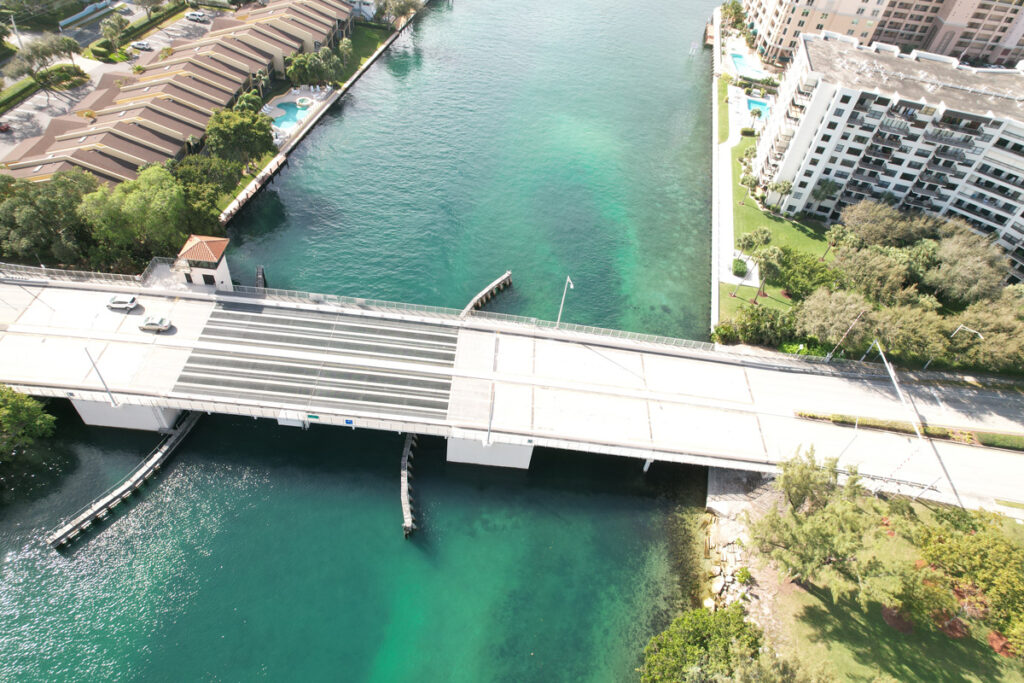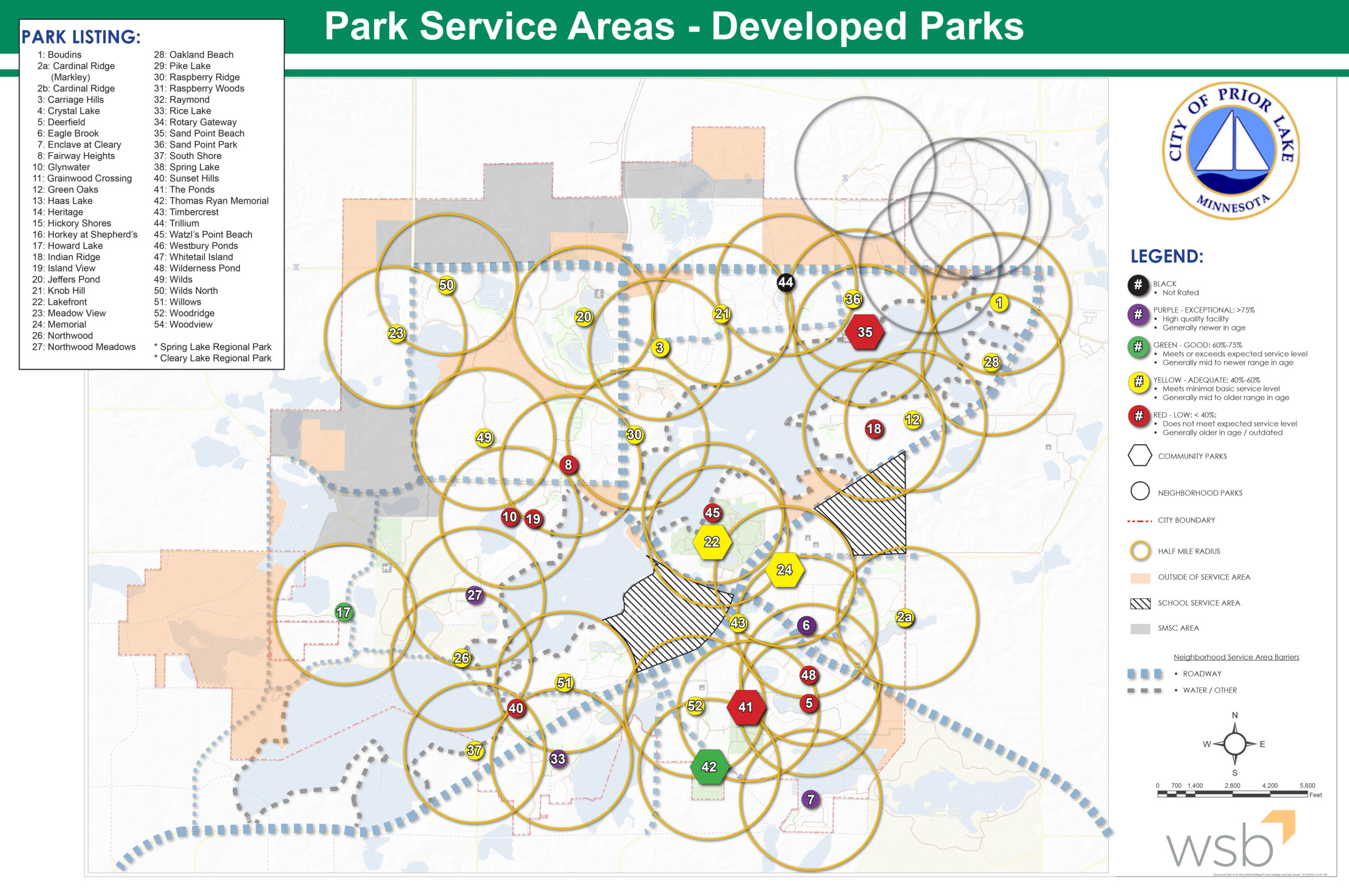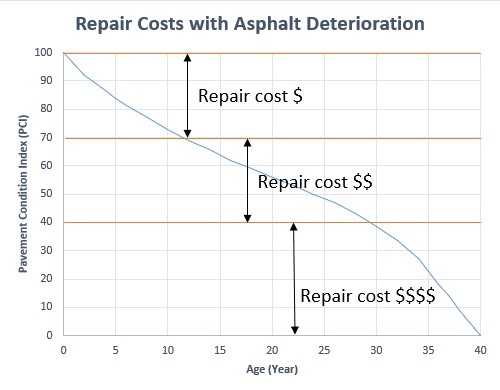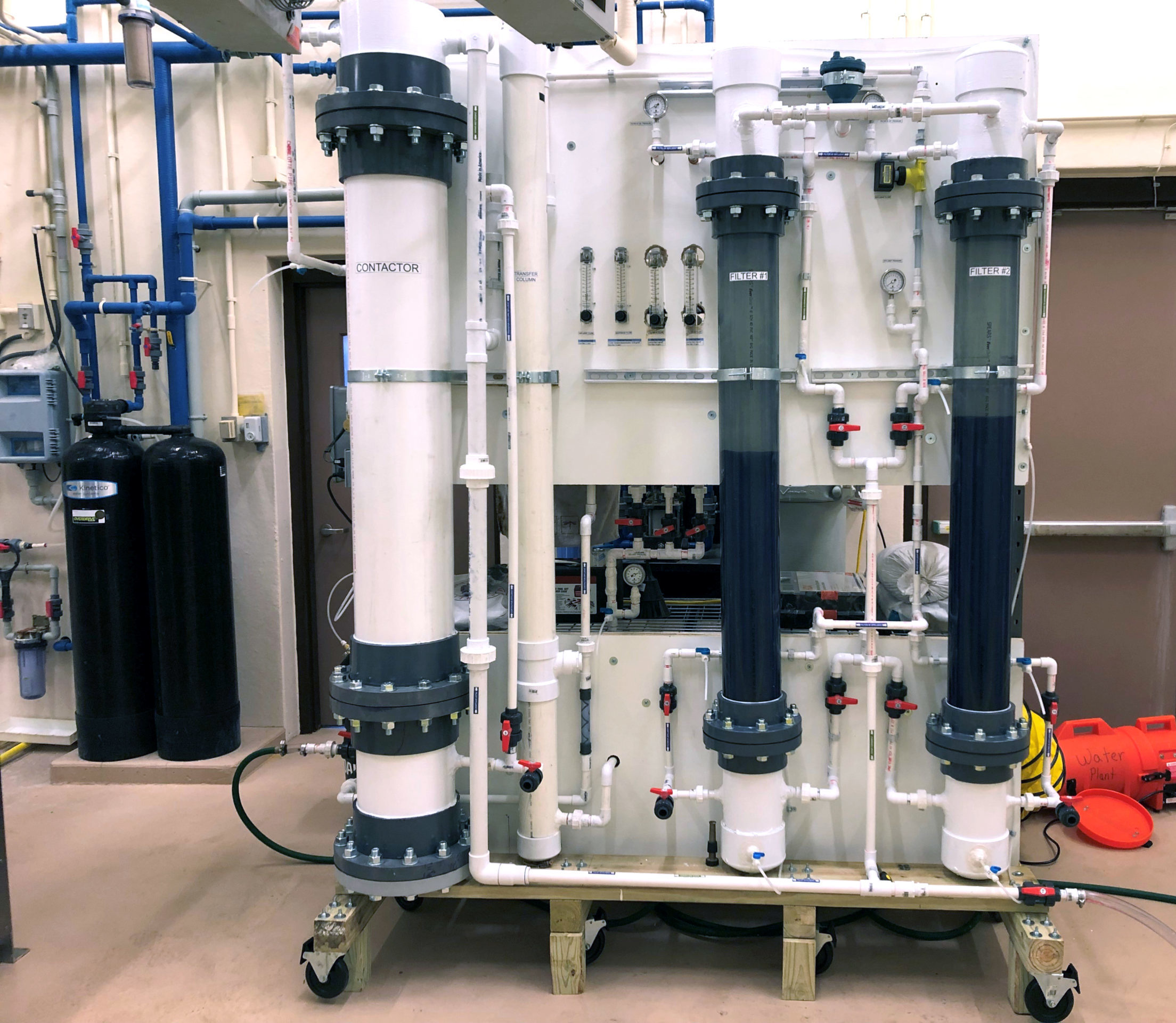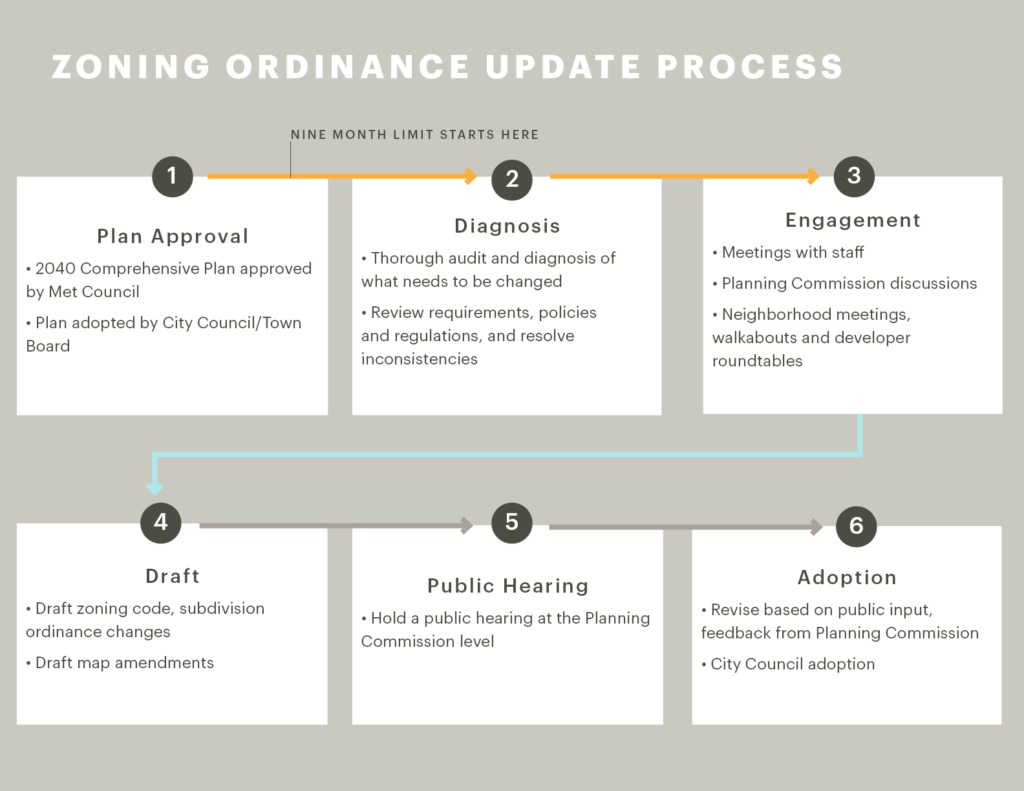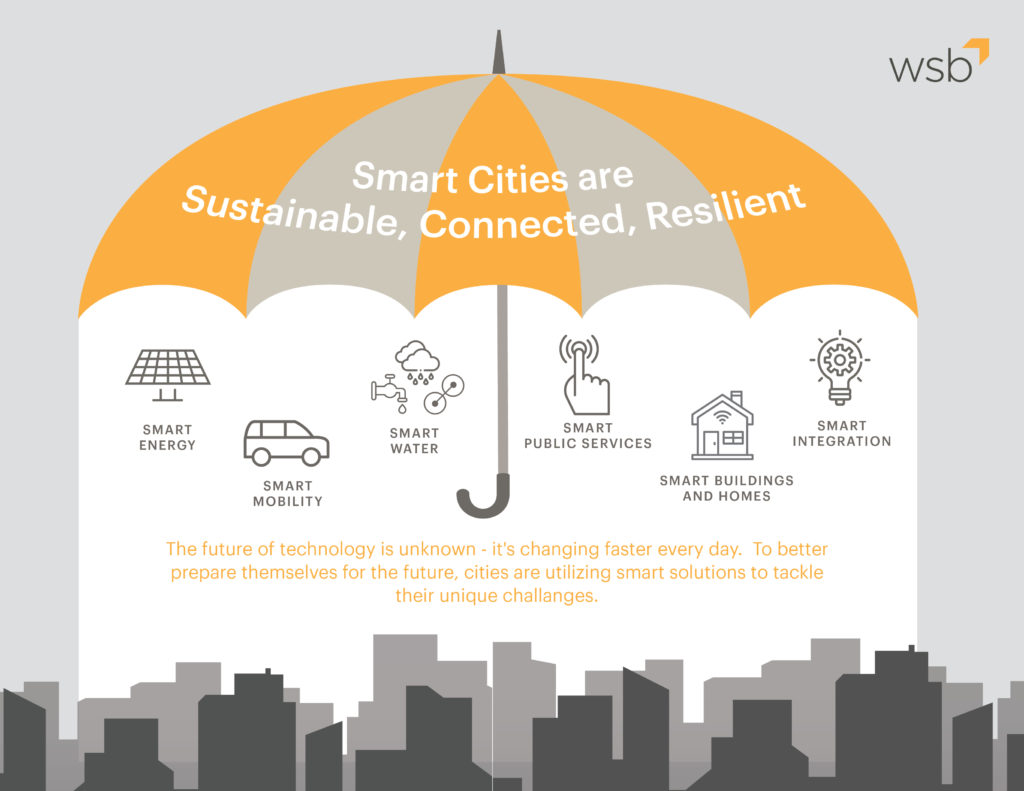There are many challenges to maintaining a healthy and prosperous tribal community. Tribal leadership is responsible for building, maintaining and improving the infrastructure and services for tribal members on an on-going basis. This can be daunting and overwhelming when the necessary resources are not readily available. The good news is there are a variety of funding sources available to tribal communities, here are the first steps you can take when applying for funding.
1.) Prioritize goals and align with available funding options
In many instances, tribal sovereign nations have developed planning documents such as integrated resources management plans (IRMP), comprehensive plans, housing plans, surface water management plans, economic development plans, cultural preservation plans, and many others. Having clear goals and aligning them with available funding opportunities will position your tribal community for success at acquiring critical funds for initiatives that are most important.
2.) Determine eligibility, eligible expenses, required matches (if any) and maximum/minimum funding amounts
Funding is available from a variety of local, state, federal, and non-governmental organizations (NGOs) and all have eligibility requirements and allowable expenses. Others may require match (in-kind or cash) and have minimum/maximum funding requests amounts. Understanding these basic requirements is a prudent second step in deciding if pursuing a funding source will be worth the investment of time and how well the grant can support the project.
3.) Develop partnerships/coalitions
Funding requests can vary greatly based on need and scale of the project or program. For large projects that require a large capital investment or match that may not be available, consider developing partnerships or coalitions with local, state, federal, or NGOs to security necessary funds. This can allow you to leverage multiple funding sources, expertise, volunteers, and support, which in most instances increases your chance obtaining grant funding.
4.) Determine what type of project needs funding
Projects and grant requests may divide into broad categories such as:
- Education/Outreach
- Data Collection
- Implementation
- Monitoring
- Planning
Depending on where your community is with planning and datasets, new projects may need to begin as planning projects and include implementation plans. This will help you describe your project and develop a clear workplan to successfully achieve tribe goals. Some funding sources do not support planning or data collection and simply support project implementation, while others are the opposite, only supporting planning and data collection and not implementation. Therefore, addressing points one and two is critical to your application and should be as persuasive as possible to demonstrate that you have a clear set of goals and implementation plan. In some cases, including elements from each of the above categories on applications, or at least addressing them, can improve your application and odds of being granted funds.
5.) Plan for what comes next
Having a clearly defined workplan and accurate cost estimates for your project/program is critical to successfully winning grants. If there are too many expenses exceeding currently available funding, consider phasing your project over time and explain that in your grant application. It is possible to be awarded funding on a multi-phase project that is implemented over a series of years if it follows a clear plan. Be thinking about what comes after completing the workplan. Consider how you will fund and support the project after the grant is completed. Many times, grant programs can build on themselves; after successfully obtaining one funding source and completing the project, you may unlock additional funding sources to expand the reach of your initial project.
Other things to consider:
Capacity Building- Do you have capacity (staff, equipment, time, etc.) to complete the project and can you use grant funds to build capacity that provides future opportunity?
Data driven- Can you use existing data to support your rationale for the grant funding? If not, this may be your request as you identify data gaps and request funds top fill those gaps.


